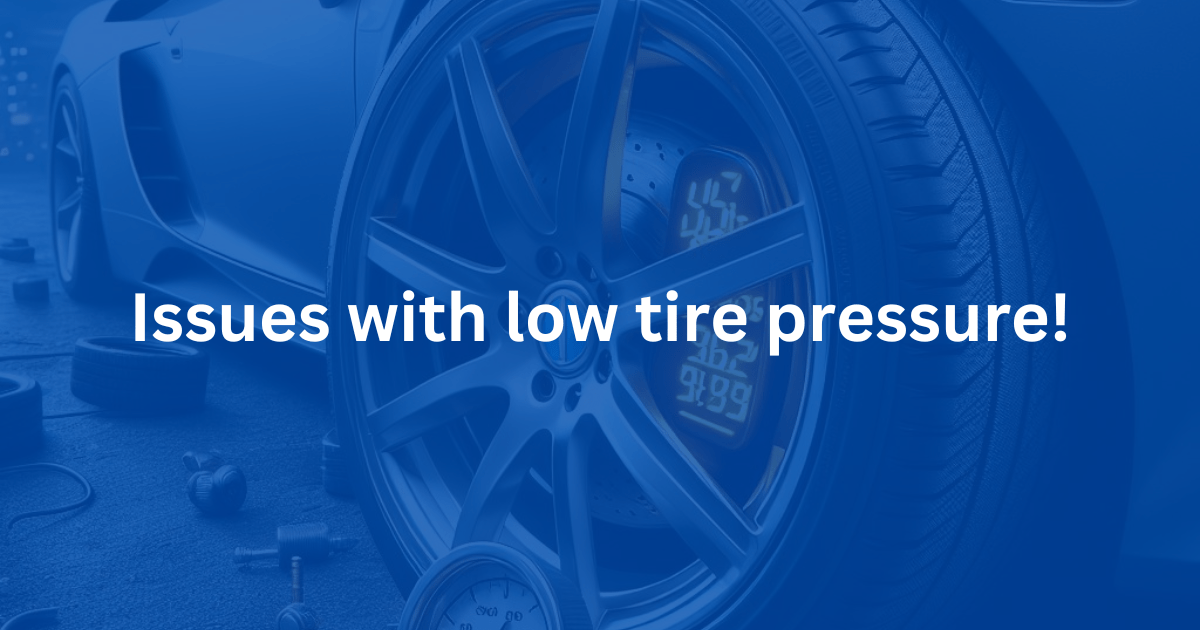Low tire pressure is a common issue that many drivers overlook, but its consequences can be far-reaching. Driving with underinflated tires can have significant disadvantages, from reduced fuel efficiency to increased risk of accidents. In this article, we will explore some of the key drawbacks of low tire pressure and why it is important to regularly check and maintain proper inflation levels.
One of the most immediate disadvantages of low tire pressure is decreased fuel efficiency. Underinflated tires create more resistance on the road, which in turn requires more energy for the vehicle to move forward. This results in lower gas mileage and ultimately higher fuel costs for the driver. Additionally, low tire pressure can also lead to uneven tire wear, which can shorten the lifespan of the tires and necessitate more frequent replacements.
Another major disadvantage of driving with underinflated tires is the increased risk of accidents. When tires are not properly inflated, they have less traction and are more prone to skidding or losing control on wet or slippery roads. This can put both the driver and other road users in danger. Overall, maintaining the right tire pressure is crucial for safe and efficient driving.
Adverse Effects of Low Tire Pressure
Here are some of the most common adverse effects of keeping low tire pressure in your vehicle.
Safety Concerns
Due to low pressure in tires, the braking distance would change drastically. Under-inflated tires might also imbalance the vehicle when you pick up speeds. Under and over-inflated tires are not safe for driving, follow your manufacturer’s guidelines for better safety.
Bad Fuel Economy
Low tire pressure ends up making more frictional losses on roads. This will consume more fuel and give more pressure to the engine. When more losses take place due to friction, more fuel will be used.
Damage to Tires
Low-inflated tires will increase sidewall flex, giving higher damage and reducing the tire life. When you do not keep adequate tire pressure, the tire’s grip would get affected and more wear and tear damage would take place. Tire tread would get worn out easily making you buy a new set of tires, soon.
Performance Issues
Poorly inflated tires would cause the tire to overheat. This might affect the performance of the moving vehicles at any given speed. Correct air pressure will help tires hold the rims perfectly as well, giving better performance in acceleration and braking.
Conclusion
Low tire pressure causes not only a decrease in fuel efficiency but also increases the risk of a tire blowout, especially at higher speeds. When the air pressure in one or more of a vehicle’s tires drops below the recommended psi, a tire pressure monitoring system (TPMS) alerts the driver by lighting up the tire pressure light on the dashboard. This low tire pressure warning light serves as a crucial reminder to check your tires. It is essential to frequently check the air pressure in all four tires using a tire pressure gauge, ensuring they are inflated to the proper pressure as indicated in the vehicle’s owner’s manual. The sidewall of the tire also provides information on maximum pressure but it’s the manufacturer’s recommended pressure that should guide your tire inflation efforts.
If you notice the low tire pressure light come on, it is possible that you have a nail in your tire or another issue causing a slow leak. Continuously driving with low tire pressure can damage the tread and sidewall, eventually leading to a flat tire or, worse, a dangerous tire blowout at high speeds. Therefore, it’s important to add air and bring the tire’s air pressure back to normal as soon as possible. If you’re unsure of how to properly check the pressure or address a pressure drop, consulting your owner’s manual or visiting a tire service for a professional pressure check can help avoid further issues. Wondering how long can you drive with that light on? It’s best not to push it, as even short distances can lead to damage under low-pressure conditions.





